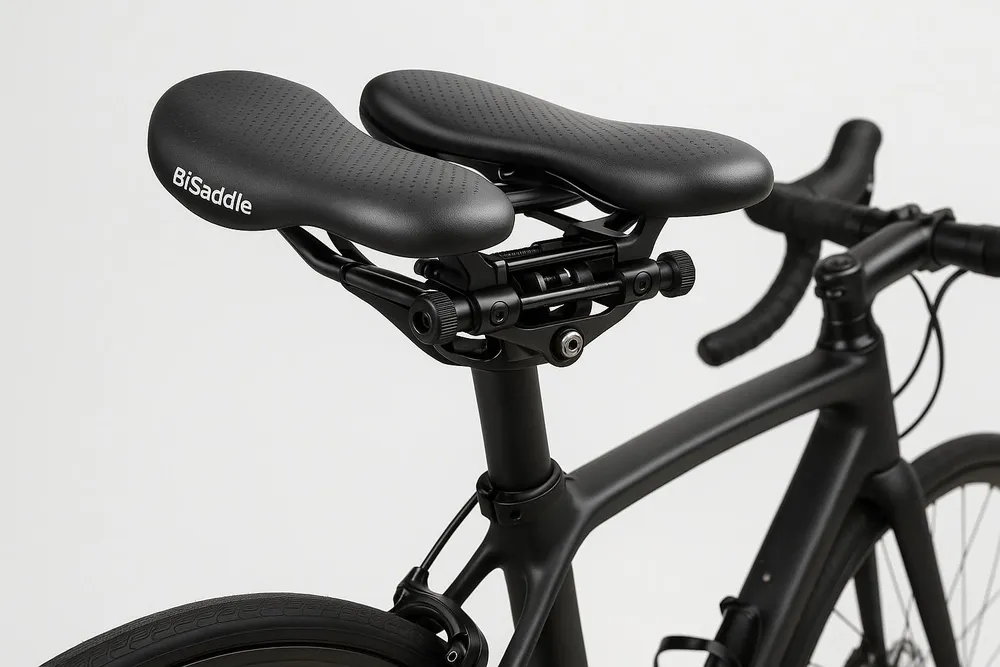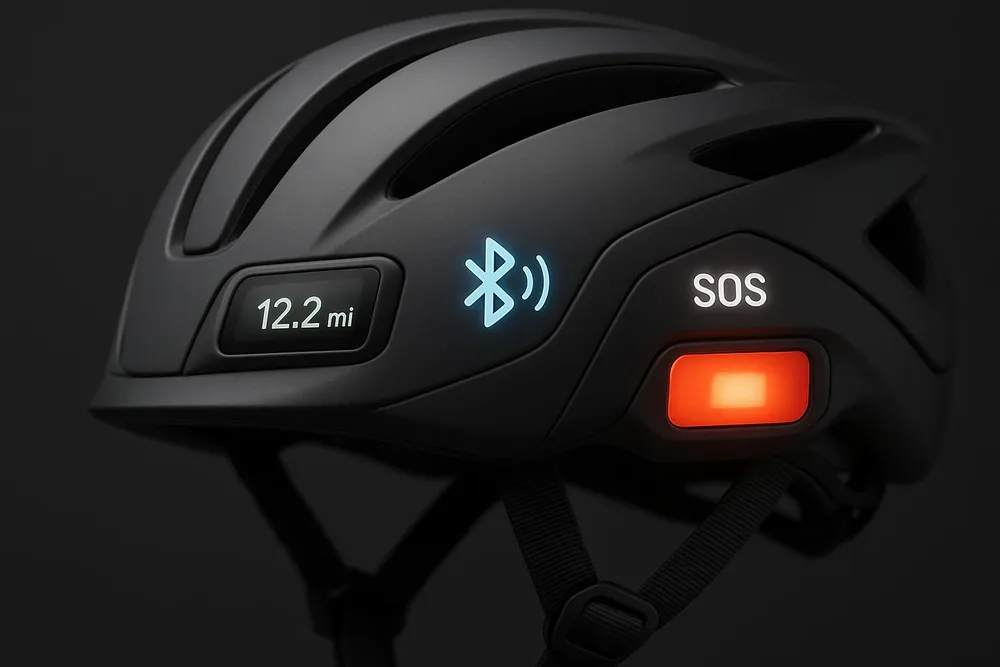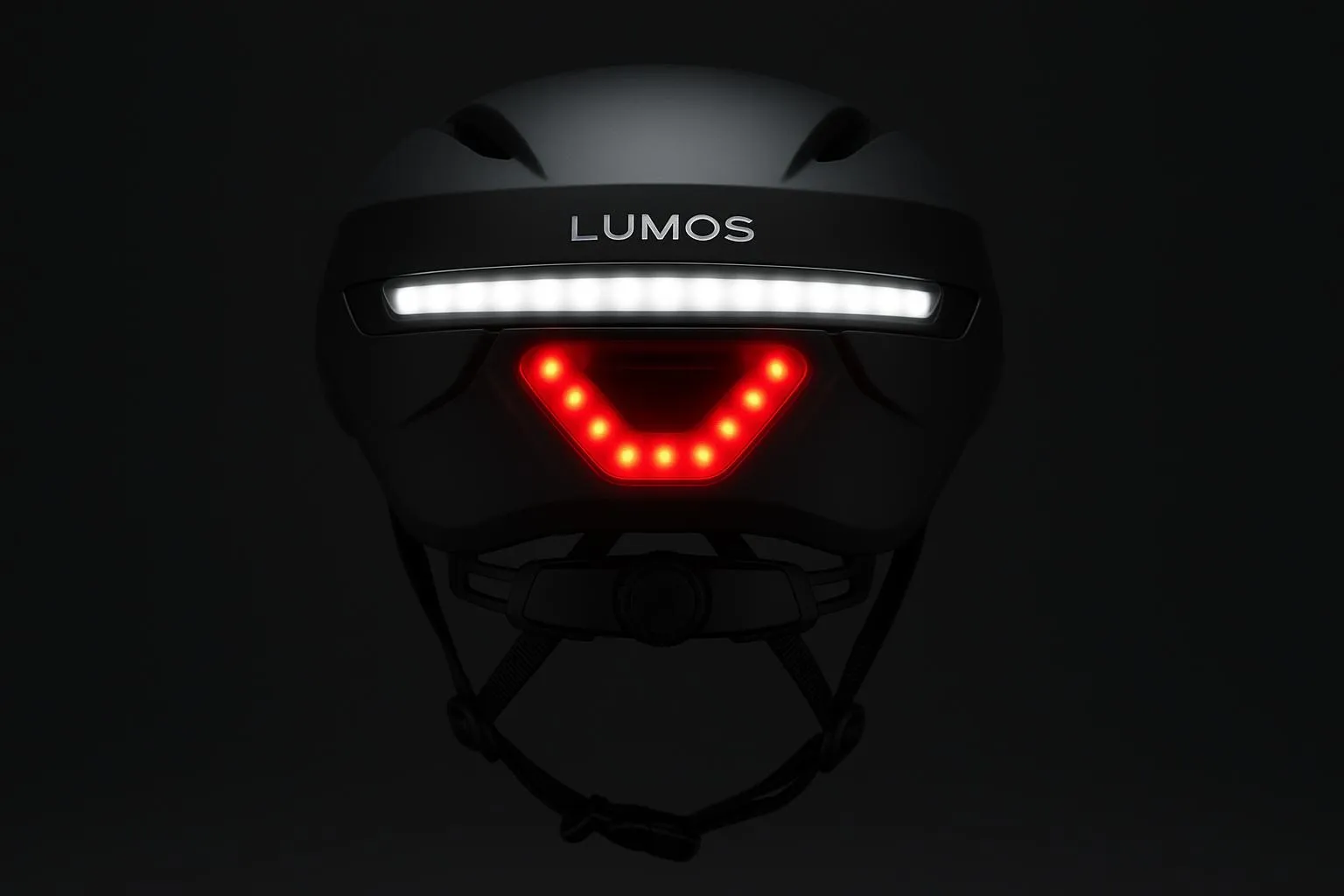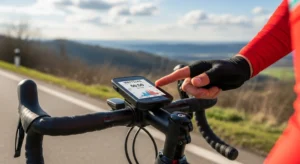For decades, cycling safety has been a story of incremental improvements—brighter lights, stronger materials, and more visible clothing. Comfort, too, has been a matter of trial and error, a seemingly endless quest for the perfect saddle or handlebar position. But in 2025, we are witnessing a paradigm shift, a technological leap forward that is personalizing both safety and comfort in ways we never thought possible. The rise of smart helmets and the advent of AI-powered bike fitting are transforming the cycling experience, making it safer, more comfortable, and more enjoyable for everyone.
This revolution is not about a single breakthrough product, but rather a convergence of technologies. Smart sensors, artificial intelligence, and advanced materials are coming together to create a new ecosystem of cycling gear that is not just reactive, but proactive. These technologies are not just protecting us from crashes; they are helping us avoid them in the first place. They are not just making us more comfortable; they are helping us find a riding position that is truly optimized for our individual bodies and riding styles.
The Smart Helmet: A Guardian Angel for Your Head
The humble helmet has long been the most essential piece of cycling safety gear, but the smart helmet of 2025 is a far cry from the simple foam and plastic shells of the past. These advanced helmets are packed with a suite of electronic features that are designed to keep you safe and connected on the road. One of the pioneers in this space is Lumos, whose latest helmets feature integrated LED lights that make you more visible to drivers, especially at night. But the innovation doesn’t stop there. The new Lumos helmets also include automatic brake lights, which are activated by a built-in accelerometer, and turn signals that can be controlled with a handlebar-mounted remote.
But perhaps the most significant advancement in smart helmet technology is the integration of crash detection and emergency alert systems. These systems use a combination of sensors to detect a sudden impact, and if a crash is detected, they will automatically send an alert to your emergency contacts with your location. This feature can be a lifesaver, particularly for solo riders or those who venture off the beaten path.
AI-Powered Bike Fitting: The End of “One Size Fits All”
For as long as there have been bikes, there has been the challenge of finding the perfect fit. Traditional bike fitting methods, which often rely on static measurements and rules of thumb, can be a good starting point, but they often fail to account for the unique biomechanics of each individual rider. This is where AI-powered bike fitting comes in. By using a combination of motion capture technology, pressure mapping systems, and artificial intelligence, these advanced fitting systems can provide a level of personalization that was previously unimaginable.

Companies like BiSaddle are at the forefront of this movement, with their adjustable saddles that can be customized to fit the unique anatomy of each rider. But the real game-changer is the software that powers these systems. By analyzing your body’s movement and pressure points in real-time, these AI-powered fitting tools can help you find a riding position that is not just comfortable, but also more efficient and powerful. This technology is not just for professional racers; it is becoming increasingly accessible to everyday cyclists, with many bike shops now offering AI-assisted fitting services.
The Connected Cyclist: A Symphony of Sensors
The smart helmet and the AI-powered bike fit are just two pieces of a larger puzzle. The future of cycling is a connected one, where a network of sensors on your bike, your body, and in your environment all work together to create a safer and more seamless riding experience. Your smart helmet will communicate with your GPS computer, your electronic shifting system, and even the smart infrastructure of the city around you.
Imagine a world where your helmet can alert you to a car in your blind spot, where your bike can automatically adjust its suspension based on the road conditions ahead, and where your GPS can reroute you around a traffic jam in real-time. This is the future that smart technology is making possible, and it’s a future that is closer than you might think.

The Road Ahead: A More Personal and Proactive Approach to Cycling
The smart technology revolution is not just about adding more gadgets to our bikes; it’s about fundamentally changing our relationship with the sport. It’s about moving from a reactive approach to safety and comfort to a proactive one. It’s about empowering riders with the information and tools they need to make smarter, safer, and more informed decisions.
As we look to the future, we can expect to see even more innovation in this space. We will see the integration of augmented reality displays into our helmets, providing us with real-time information about our surroundings. We will see the development of even more sophisticated AI-powered coaching systems, which will help us to improve our technique and achieve our fitness goals. And we will see a world where the line between the cyclist and the technology becomes increasingly blurred, creating a truly symbiotic relationship between human and machine.
For more insights on cycling and technology, explore our comprehensive guides on Cycling Safety and Visibility Technology Revolution, and The Lightweight Aero Revolution: How 2025 Tour de France Technology Is Redefining Cycling Performance.
Explore additional resources on Lumos Smart Helmets, BiSaddle – The Adjustable Saddle, Wired: The Best Bike Helmets, Bicycling: How the Digital Age Is Transforming Bike Seat Positioning, and CyclingNews: Best smart helmets.




